![]()
![]()
![]()
Use LEFT and RIGHT arrow keys to navigate between flashcards;
Use UP and DOWN arrow keys to flip the card;
H to show hint;
A reads text to speech;
39 Cards in this Set
- Front
- Back
- 3rd side (hint)
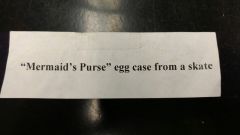
|
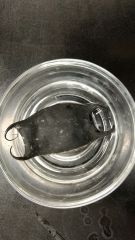
|
Embryos anywhere from 4 - 20 |
|

|

|
Body more diamond-shaped |
|
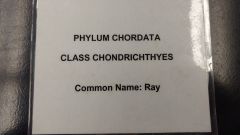
|
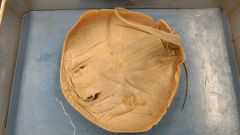
|
|
|
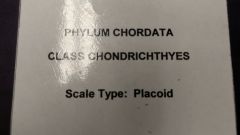
|
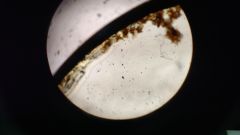
Made of dentine (most primitive scale) |
|
|
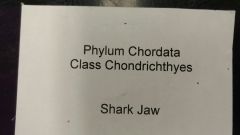
|
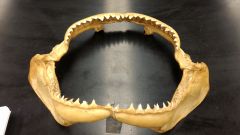
Skeleton made of cartilage |
|
|

|
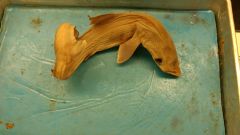
|
|
|
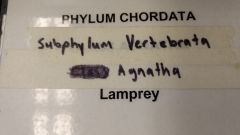
|
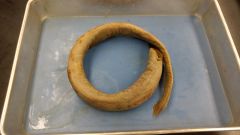
External parasite |
|
|
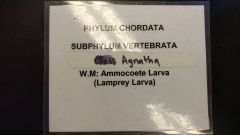
|

|
|
|

|
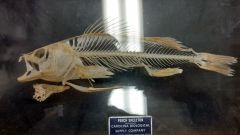
|
Eel, Sea horses, other Bony fish |
|

|
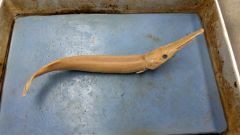
|
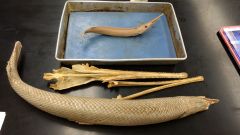
|
|
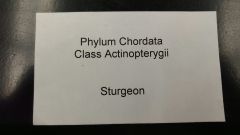
|
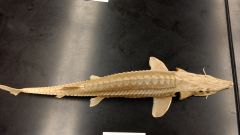
|
|
|
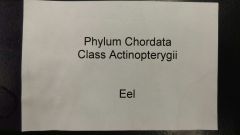
|
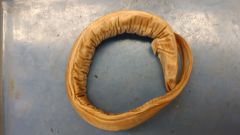
|
|
|
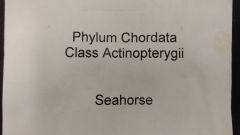
|
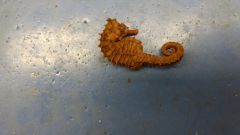
|
|
|
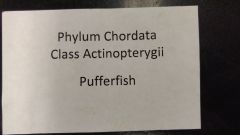
|
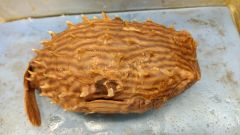
|
|
|
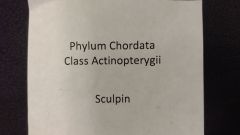
|

|
|
|
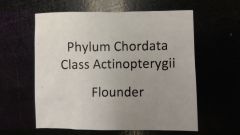
|

|
|
|

|
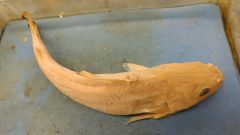
|
|
|
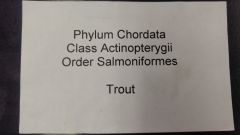
|
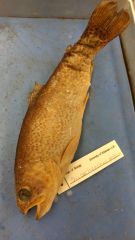
|
|
|
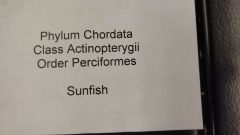
|
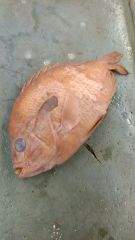
|
|
|
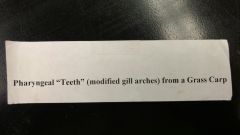
|
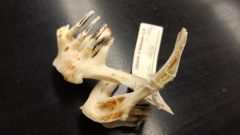
|
|
|
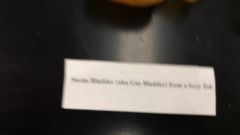
|
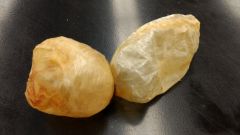
|
|
|
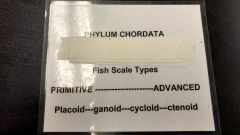
|
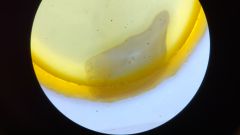
|
|
|
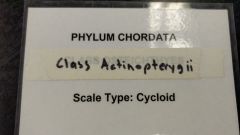
|
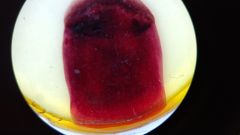
|
|
|
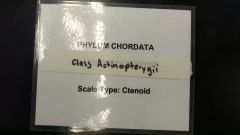
|
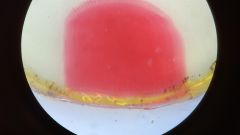
|
|
|
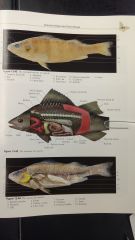
|
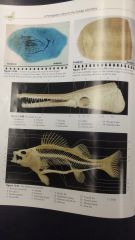
|
|
|

|

|
|
|

|
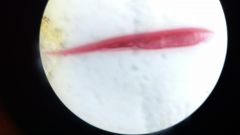
|
|
|
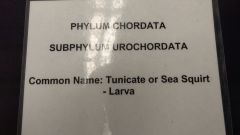
|
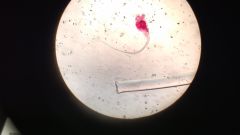
|
|
|

|
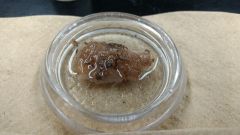
|
|
|
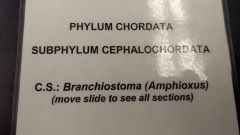
|
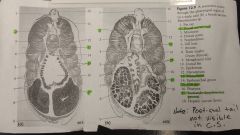
|
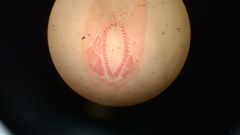
|
|

|
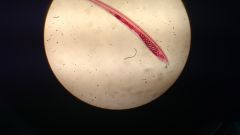
|
|
|
|
Phylum Chordata |
Deuterostomes, at some point in their development all have: - dorsal hollow nerve cord - notochord - pharyngeal gill slits - post anal tail - endostyle |
|
|
|
Subphylum Cephalochordata (Brain head) |
Branchistoma (G) - oral hood - notochord - nerve cord |
|
|
|
Phylum Chordata |
Endostyle: underneath gill slits, ventral - function to secrete mucus that covers gill slits to allow gas exchange
Dorsal Nerve cord: brain/spinal cord Notochord: rigid structure under DNC acts as body support |
|
|
|
Subphylum Urochordata |
Tunicates, Sea Squirts - filter water through gills - Larva form mantle, attach to hard surface |
|
|
|
Subphylum Vertebrata |
Vertical column, cranium, brain, paired eyes |
|
|
|
Subphylum Vertebrata Class Agnatha |
Jawless Fish - Lamprey is an external parasite |
|
|
|
Subphylum Vertebrata Class Condricthyes |
Cartilaginous Fish (no bones) - infused with minerals |
Sharks, Ray, Skate |
|
|
Subphylum Vertebrata Class Actinopterygii |
Skeleton Swim bladder - gas filled for buoyancy Pharyngeal teeth - modified gills arches in throat for grinding food Scale types: ganoid, cycloid, ctendoid |
|

